Babel babble: Learning a dying language
Punjabi classes are helping some children reconnect to their heritage.

Babel babble: Learning a dying language
So when the 7th graders first heard a teacher speak to them in Punjabi, it came as a shock. “It wasn’t just me; everyone burst out laughing,” says Amna Khan, an LGS student since age 3. The dearth of Punjabi in Lahore’s elite schools is just one of several worrying indicators of the decline of the native language. At LGS, teachers are trying to teach it as not just a medium through which to communicate with the lower classes, but as a rich repository of history, literature and culture through which they can reconnect with their heritage.
The girls at LGS did not take their lessons seriously at first, but eventually learned to enjoy them. “There has been a shift in temperament,” says Tasleem Khalid, who has taught at LGS since April 2010. “Many girls have found it has helped them communicate better, brought them closer to their grandparents and parents.”
“The lessons change the girls’ perceptions of the language they previously thought of as spoken only by their servants or grandparents,” says Faiza Ra’ana, who designed the Punjabi course at LGS back in 1999. A fiction writer and co-publisher of weekly Punjabi magazine Pancham, Ra’ana taught at LGS for nine years and the course was introduced in two other LGS branches. It included a rewritten version of Heer Ranjha.
“Integrating attributes of modernity and contemporary learning with classic Punjabi stories and poetry is a good technique to engage the younger generation,” she says.
Her emphasis on staging plays and singing kaais, a genre of classic poetry, won over the students to such an extent that parents started complaining that Punjabi was all their kids were interested in, she said. “That gave me immense pleasure.” Khalid, who also contributes to Pancham, has found the students similarly keen. She teaches 120 girls of grade seven and 86 of grade eight. The former read short stories, some poetry and translations. The latter learn about grammar, novels and Sufi poetry.
She says that the classes are good for the girls, but a lot more needs to be done for the effective revival of the Punjabi language in the upper levels of society. “It should be a compulsory subject, like English and Urdu,” says Khalid.
“Many children don’t even speak Urdu, they just speak English. Punjabi has been reduced to a tool of conversation for the lower/working classes.”
Other prominent private schools in Lahore, such as Aitchison College, the Lahore American School, and Beaconhouse, don’t offer Punjabi classes. There are no O or A Levels in Punjabi in Pakistan. Punjabi has been introduced as a GCSE subject in Indian Punjab, though in the Gurmukhi script, which would be unfamiliar in Pakistan, where Punjabi is written in the Persian script. With not many students interested in O Level Punjabi, it is unlikely to be introduced in Pakistan soon, says Ra’ana. Maqsood Saqib, the editor and co-publisher of Pancham, says Punjabi must be introduced as a compulsory subject at primary school. That, in time, would lead to more interest in the language at higher academic levels.
Until then, he warns, the upper classes will continue to turn their nose up at Punjabi. “They learned English or Urdu in school and encourage their children to do likewise. Hence these kids grow up believing it as a language spoken by the illiterate.”
The start of the fall
Punjabi writer, editor and translator Maqsood Saqib says the reasons for the lack of Punjabi spoken by today’s “educated class” date back to the annexation of Punjab by the British in 1849.
Five years after taking over the province from the Sikhs and declaring it a part of British India, the English implemented an educational system with English and Urdu as its primary languages.
Until that time, Saqib says, no one in Punjab was keen on Urdu or English. But since jobs in government departments were only available to those that could speak these languages those who opposed the change were at a disadvantage.
“The people of Punjab were alienated from their own language and subsequently their own heritage and culture,” says Saqib, citing British linguists who studied Punjabi at the time. “One such linguist wrote: ‘teaching Punjabis Urdu is like teaching the English French.’”
He adds: “Faiz lamented the fact that his poetry was in Urdu. It reminded of him of his estrangement from the languages of his forefathers.”
Published in The Express Tribune, January 11th, 2011.

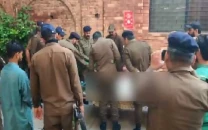
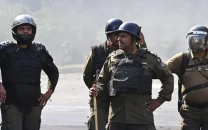
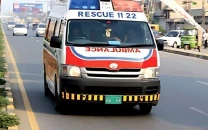

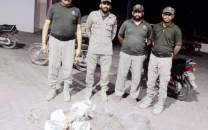
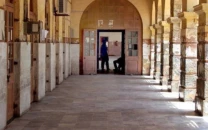




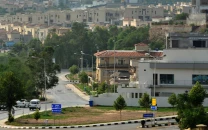


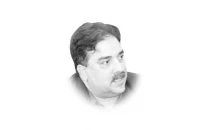
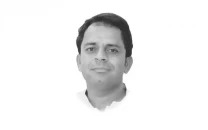
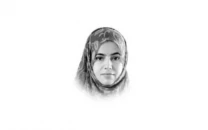
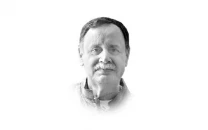
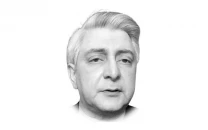
COMMENTS
Comments are moderated and generally will be posted if they are on-topic and not abusive.
For more information, please see our Comments FAQ